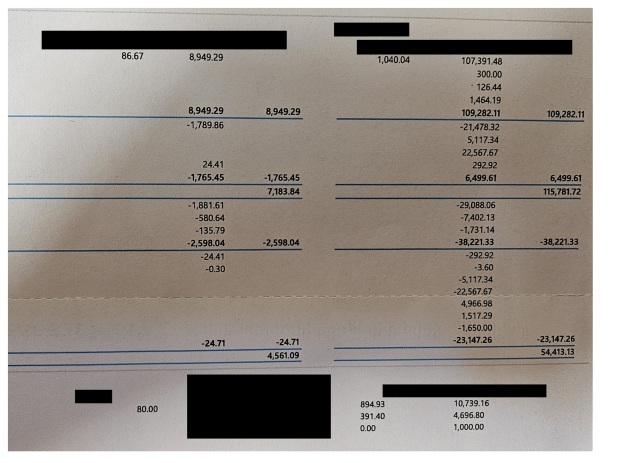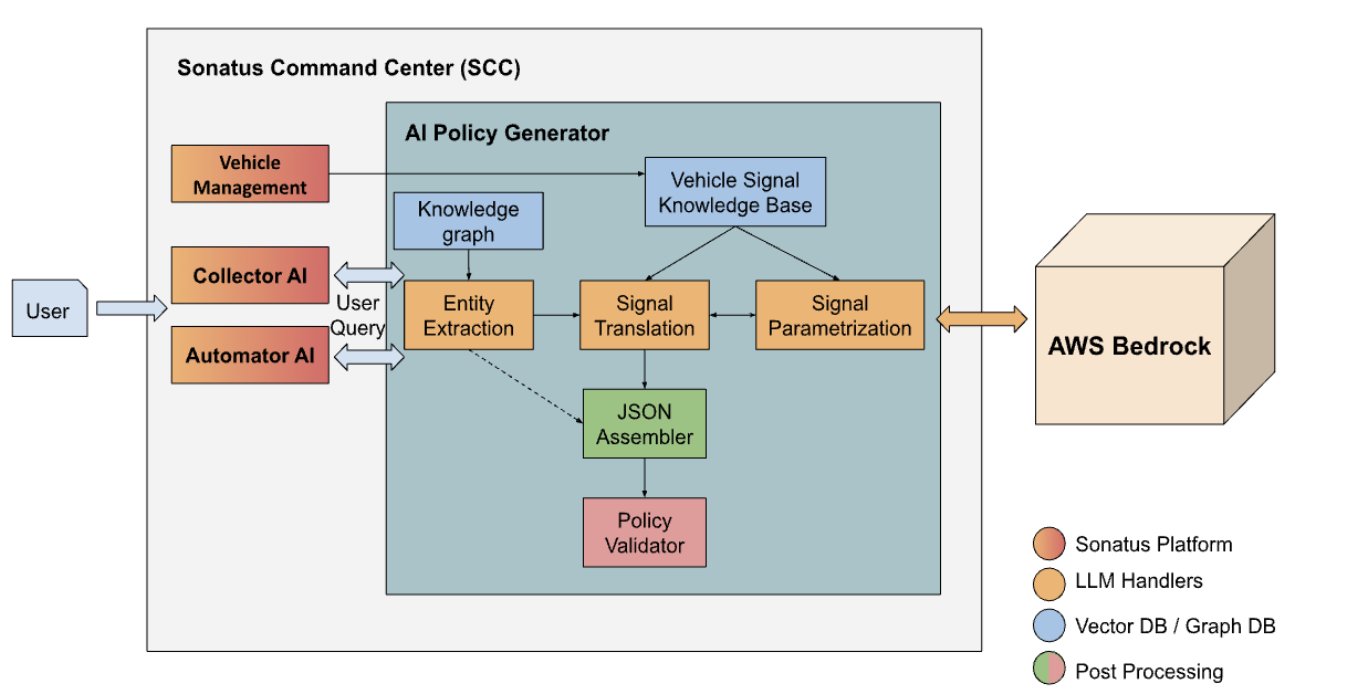WeTransfer revises terms to clarify user content won't train AI, following public backlash over potential use for machine learning models. Service popular among creative professionals for online file transfers.
MIT researchers highlight challenges in AI for software engineering, emphasizing the need for automation beyond code generation. They argue real-world tasks like refactoring, migrations, and testing require more advanced AI solutions to free up human engineers for higher-level design.
Meta urges Australia not to restrict use of personal data from Facebook and Instagram for AI training. Parent company of popular social media platforms advocates for global privacy policy alignment.
NVIDIA Dynamo is an open-source inference framework designed for efficient, scalable, and low-latency inference solutions, supporting AWS services like Amazon S3 and EKS. It boosts LLM performance with innovative solutions like dynamic GPU resource scheduling and KV cache offloading for higher system throughput.
Trump angers climate groups by linking AI expansion to oil and gas at Pittsburgh summit. Mega-bill threatens AI growth by sidelining renewable energy, experts warn.
AWS Generative AI Innovation Center helps customers like Formula 1 and FOX drive AI innovation, announcing $100 million investment for next wave. Center delivers results through collaborative innovation, empowering customers to pioneer AI solutions in as little as 45 days.
MIT researchers develop a new framework for studying treatment interactions, allowing for efficient estimation of effects on cells. This method could lead to better understanding of disease mechanisms and development of new medicines for cancer and genetic disorders.
Benford's Law predicts leading digits in financial data, with real-life data closely matching the theory. The Ahlstrom Conjecture suggests spotting fraud in financial data by identifying repeated consecutive digits, showing promise in detecting fake data.
Sonatus partners with AWS to develop AI interface for Software-Defined Vehicles. Collector AI and Automator AI streamline data collection and automation processes in automotive industry, reducing policy generation time from days to minutes.
Elon Musk's xAI firm secures $200m DoD contract post-chatbot controversy. Google, Anthropic, and OpenAI also ink deals with the agency.
Organizations face increasing security risks due to interconnected systems. Rapid7 uses ML to predict CVSS vectors for effective vulnerability management.
K-nearest neighbors (k-NN) regression uses training data as the model to predict values, demonstrating high accuracy in a JavaScript demo. This technique stands out for its unique approach, comparing input vectors directly to training data for predictions.
Academics hide prompts in research papers to avoid highlighting negatives for AI peer review. Nikkei reviewed papers from 14 institutions in 8 countries, revealing concerning practices.
AI is streamlining job applications, offering Teach First applicants in-person interviews. Susie's struggle highlights the challenge graduates face in the competitive job market.
AI is transforming recruitment, but employers still value human skills. Graduates fear job loss to AI as technology advances rapidly in the workforce.















